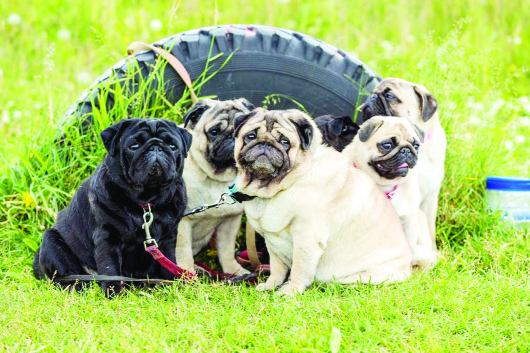Dr Randhir Singh Pugs have won over dog lovers all around the world with their endearing dispositions and striking looks. However, the breed’s distinctive characteristics have resulted in a variety of health concerns, hiding a grim reality behind their lovable exterior. Here, we delve into the pain that pugs endure and illuminate the effects of selective breeding practices that put appearance before welfare.
Pugs suffer from a variety of ailments, such as respiratory issues and eye issues, which emphasises the ethical obligations of breeders and the significance of supporting responsible ownership. The pug’s ancestors can be found in ancient China, where kings valued them for their endearing nature and striking appearance. These canines travelled to Europe, where they won the attention of aristocracy and rulers alike.

The wrinkled features, expressive eyes, and characteristic curled tails of pugs have captivated humans for generations, changing them from aristocratic companions to adored family pets. Pugs typically had longer legs and noses than they do now in paintings and engravings from the 18th and 19th centuries, and occasionally they have chopped ears. After 1860, when a new wave of pugs were imported directly from China, the appearance of the modern pug most likely underwent a shift.
These pugs have current pug noses and shorter legs attributed to unethical selective breeding practices. Health issues In comparison to non-pugs, pugs were shown to be almost 1.9 times.
















